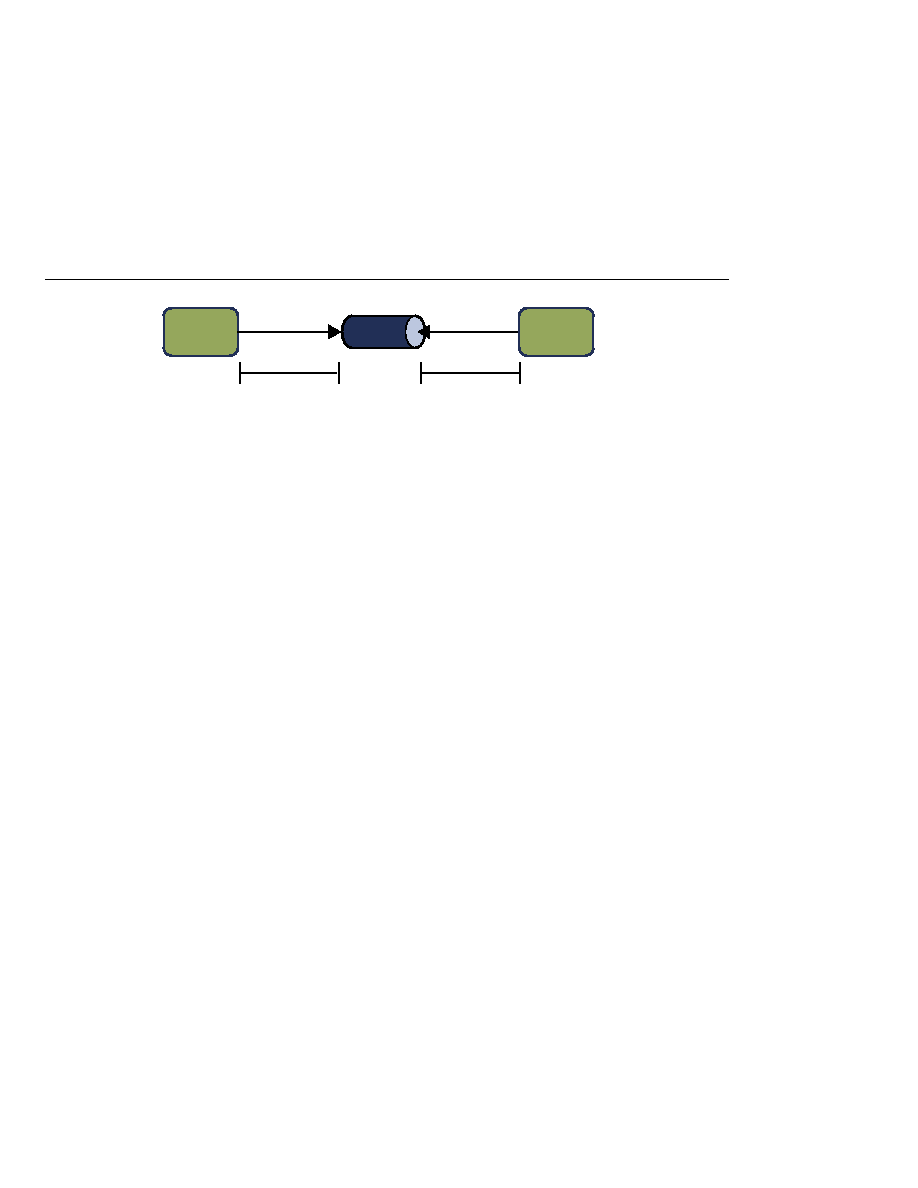
Difference of Messaging and Synchronized Processing
Difference of Messaging and Synchronized Processing
transaction, because it forms a single set of interactions with the JMS provider using a single
session. Similarly, the receiving of one or more messages from one or more destinations by
client 2 also forms a single transaction using a single session. But because the two clients have
no direct interaction and are using two different sessions, no transactions can take place
between them.
can be transactional, but the act of producing and consuming a specific message across different
sessions cannot be transactional.
tightly coupling the sending and receiving of data, message producers and consumers use an
alternative approach to reliability, one that is built on a JMS provider's ability to supply a
once-and-only-once message delivery guarantee.
createSession
acknowledgment mode, which is relevant only to nontransacted sessions (see
You can combine queue and topic operations in a single transaction if you use the same session
to perform the operations. For example, you can use the same session to receive a message from
a queue and send a message to a topic in the same transaction.
create a message producer. In this way, you can use the same session for receives and sends in
asynchronous message consumers.